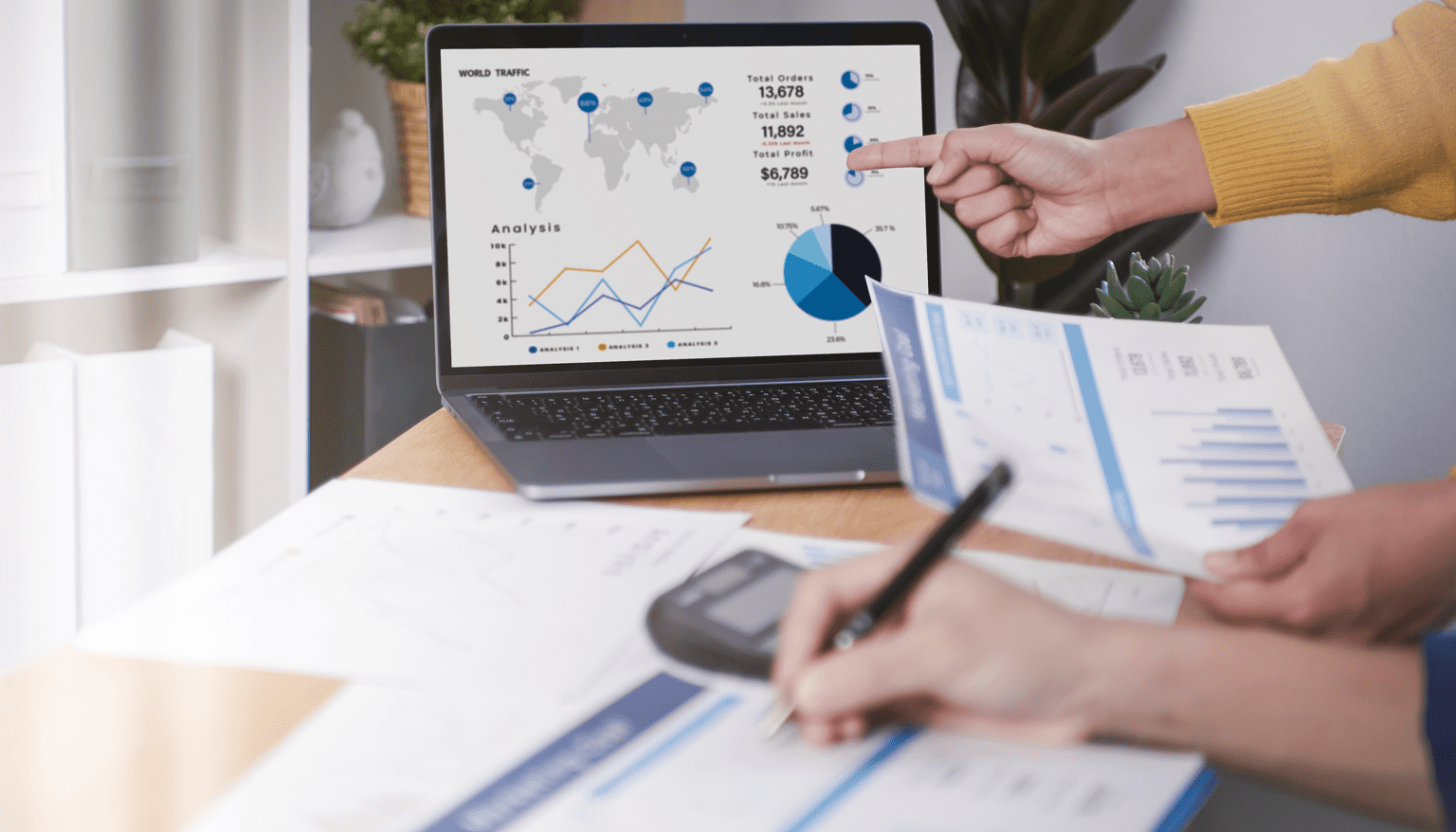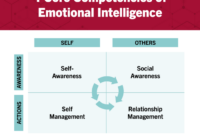Business Intelligence Dashboard – In the realm of data-driven decision-making, business intelligence dashboard examples shine as guiding stars, illuminating the path to actionable insights. These dashboards transform raw data into visually compelling narratives, empowering businesses to navigate complex information landscapes with clarity and confidence.
Join us on an explorative journey through the world of business intelligence dashboard examples, where we’ll delve into design principles, data visualization techniques, and industry-specific applications. Prepare to be inspired by real-world case studies and discover how these dashboards can transform your organization into a data-driven powerhouse.
Business intelligence dashboard examples are a great way to learn about the latest trends and best practices in the field. They can also help you identify areas where you can improve your own reporting. If you’re interested in learning more about business intelligence, I recommend checking out our business intelligence bootcamp.
This comprehensive program will teach you everything you need to know to get started with business intelligence, including how to use data visualization tools to create powerful dashboards. Once you’ve completed the bootcamp, you’ll be able to use your new skills to create your own business intelligence dashboards and make better decisions for your business.
Business Intelligence Dashboard Examples: A Comprehensive Guide

Business intelligence (BI) dashboards are essential tools for data-driven decision-making. They provide a visual representation of key performance indicators (KPIs), metrics, and other relevant data, allowing businesses to monitor their performance, identify trends, and make informed decisions.
This guide will provide comprehensive examples of effective BI dashboards, covering various industries, use cases, and design principles. We’ll also explore the latest trends and best practices in dashboard design, empowering you to create impactful and actionable dashboards.
Dashboard Design Principles: Business Intelligence Dashboard Examples
Effective BI dashboards adhere to specific design principles that enhance their usability, clarity, and impact. These principles include:
- Clarity and simplicity: Dashboards should be easy to understand and navigate, with clear and concise visuals.
- Relevance: Dashboards should display only the most relevant information, tailored to the specific audience and their decision-making needs.
- Visual hierarchy: Dashboards should use visual cues to guide the user’s attention towards the most important metrics and insights.
- Consistency: Dashboards should maintain a consistent design and layout throughout, ensuring a cohesive user experience.
- Flexibility: Dashboards should be customizable to meet the evolving needs of users and the business.
Data Visualization Techniques

BI dashboards leverage various data visualization techniques to present data in an engaging and insightful way. Common techniques include:
- Charts: Bar charts, line charts, and pie charts are widely used to display trends, comparisons, and distributions.
- Graphs: Scatter plots, histograms, and heat maps provide deeper insights into data relationships and patterns.
- Maps: Geographical maps can visualize data by location, enabling spatial analysis and decision-making.
- Gauges: Gauges provide a quick visual representation of progress towards targets or goals.
Each technique has its advantages and disadvantages, and the choice of visualization should align with the specific data and insights to be conveyed.
Key Performance Indicators (KPIs), Business intelligence dashboard examples
KPIs are crucial metrics that measure the performance of a business or organization. Effective dashboards display the most relevant KPIs, enabling users to quickly assess progress and identify areas for improvement.
- Financial KPIs: Revenue, profit, and return on investment (ROI)
- Operational KPIs: Customer satisfaction, production efficiency, and inventory levels
- Marketing KPIs: Website traffic, conversion rates, and social media engagement
- Sales KPIs: Sales volume, lead generation, and customer acquisition cost
The selection of KPIs should be tailored to the specific business goals and objectives.
Real-Time Data Integration
Integrating real-time data into BI dashboards provides businesses with up-to-date insights and enables proactive decision-making. This can be achieved through:
- Streaming data sources: APIs, sensors, and social media feeds
- Data integration platforms: Tools that connect disparate data sources and provide real-time data aggregation
Real-time data integration can enhance decision-making by providing insights into customer behavior, operational performance, and market trends.
Closing Notes
As we conclude our exploration of business intelligence dashboard examples, it’s evident that these tools are not mere visual aids but rather strategic assets that drive informed decision-making. By embracing the principles and techniques discussed, organizations can unlock the full potential of their data, empowering them to stay ahead in today’s competitive business environment.
Remember, data is the lifeblood of modern businesses, and business intelligence dashboards are the conduits through which we harness its transformative power. May these examples serve as a catalyst for your own data-driven success.
Clarifying Questions
What are the key principles of effective business intelligence dashboard design?
Effective business intelligence dashboard design revolves around clarity, conciseness, and user-centricity. Dashboards should present information in a visually appealing and easily digestible manner, ensuring that users can quickly grasp key insights without getting overwhelmed by data.
What are some common data visualization techniques used in business intelligence dashboards?
Business intelligence dashboards employ a range of data visualization techniques, including charts, graphs, maps, and gauges. Each technique has its own advantages and disadvantages, and the choice of visualization should align with the specific data and insights being conveyed.
Why are Key Performance Indicators (KPIs) crucial for business intelligence dashboards?
KPIs are the cornerstone of business intelligence dashboards, as they provide a quantifiable measure of an organization’s performance against its strategic objectives. By tracking KPIs, businesses can monitor progress, identify areas for improvement, and make data-driven decisions to drive growth.



